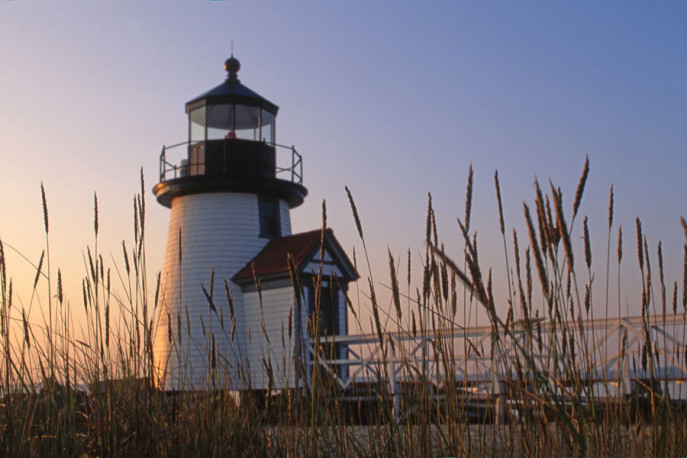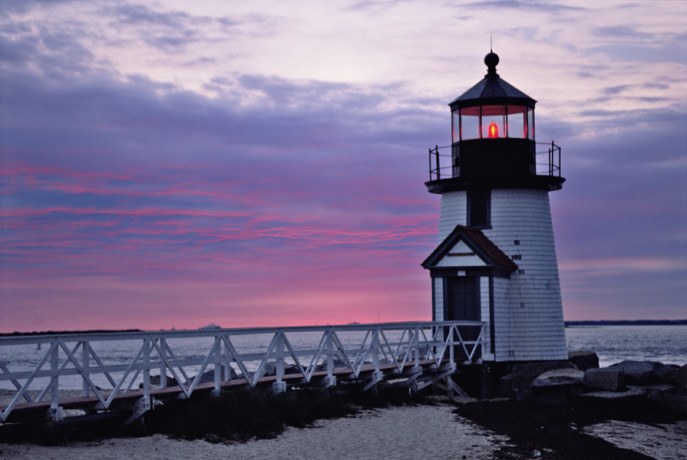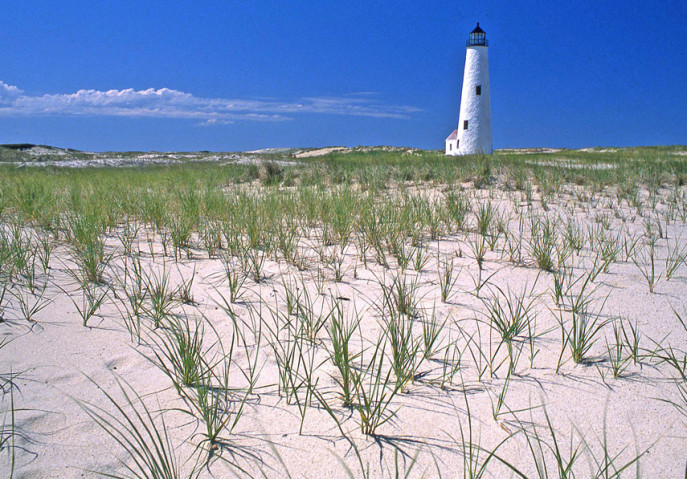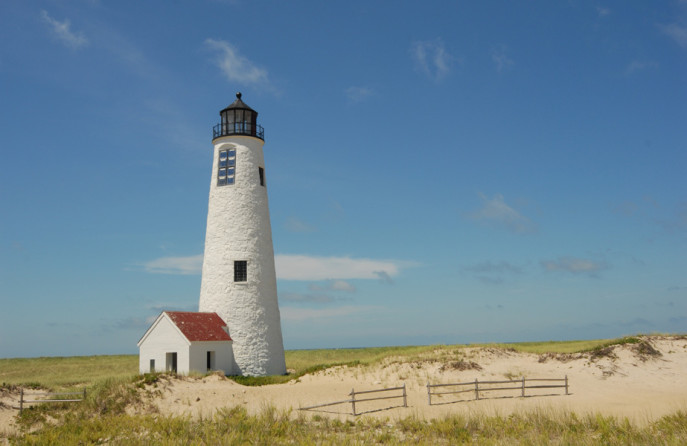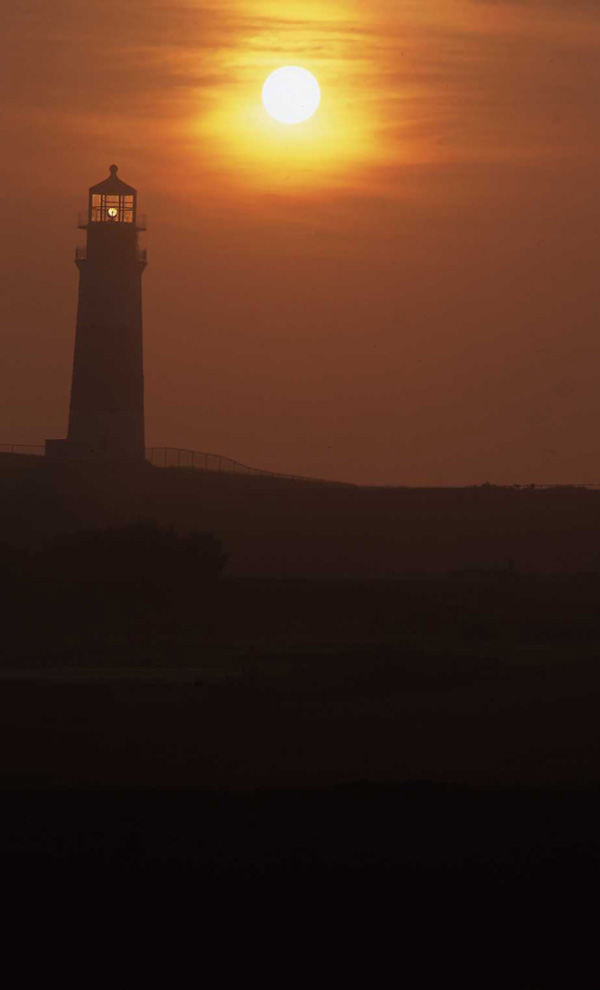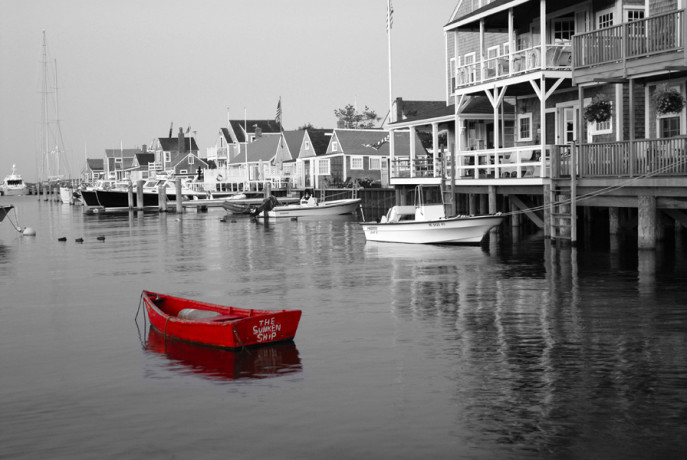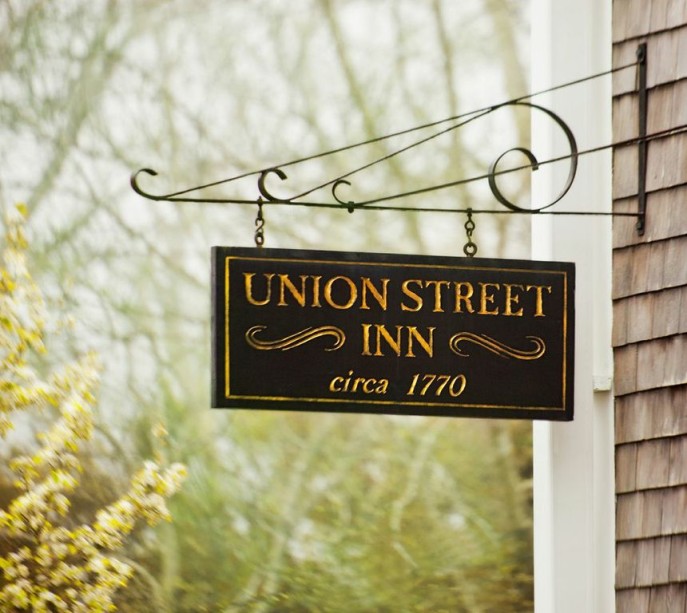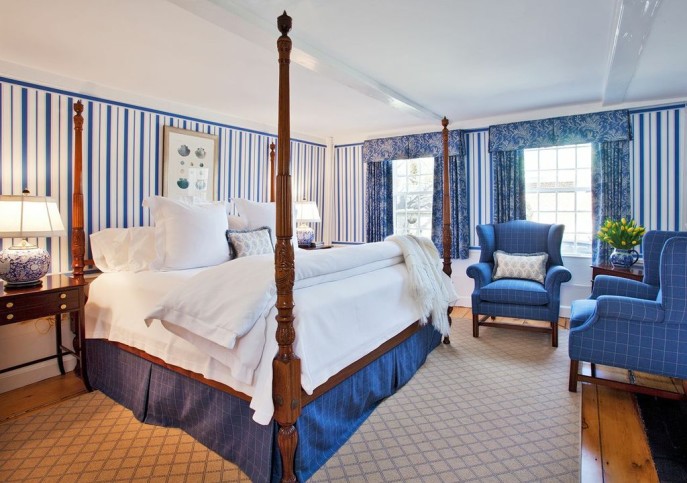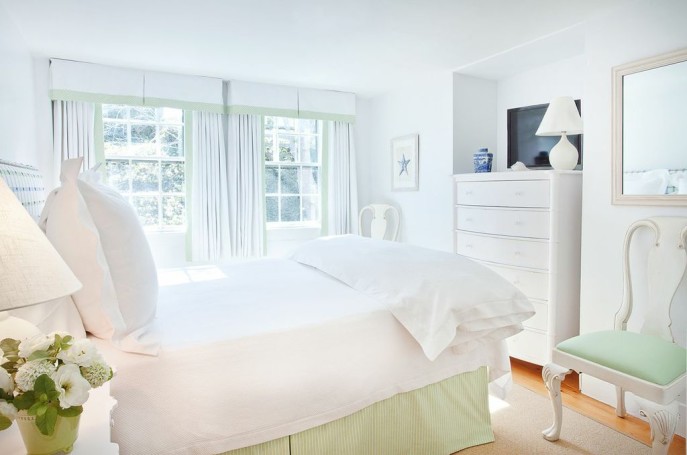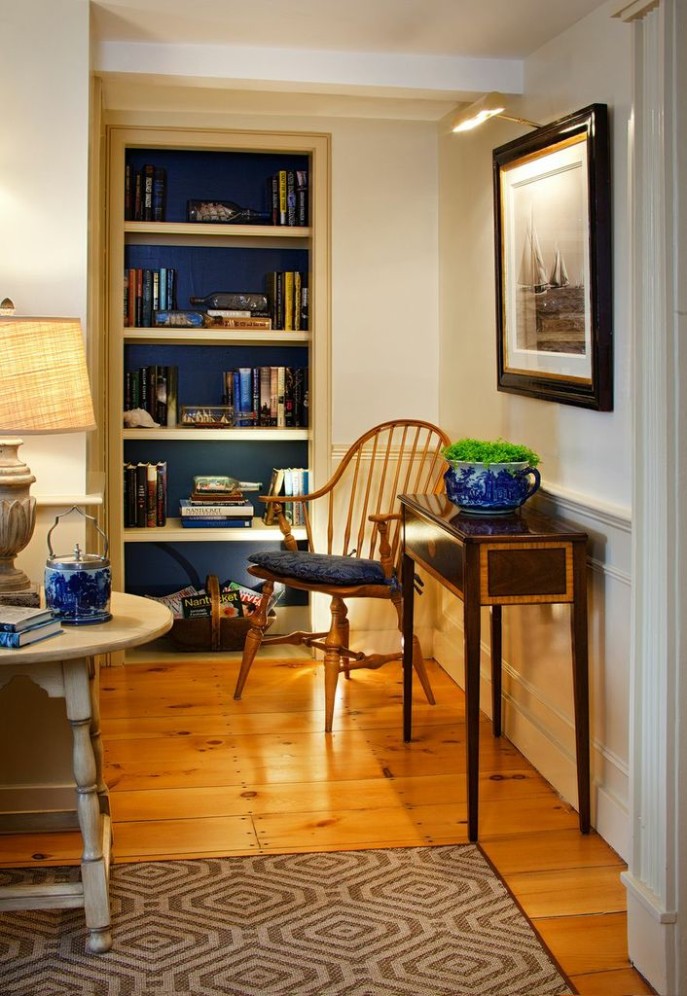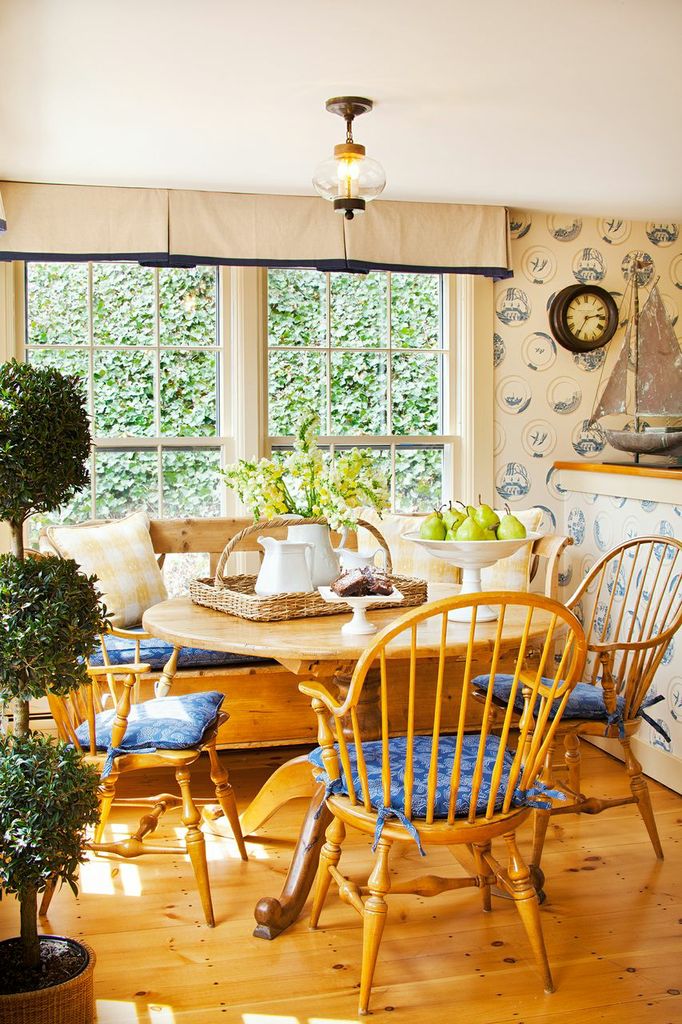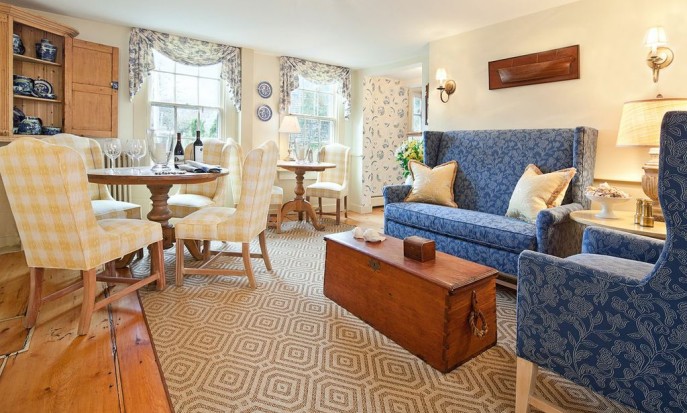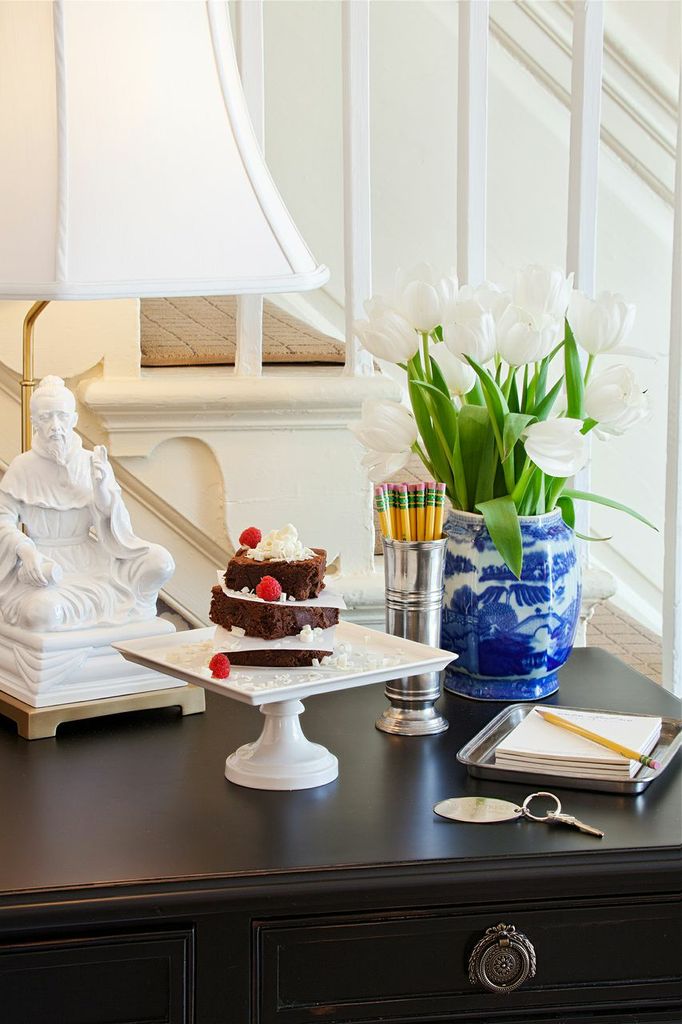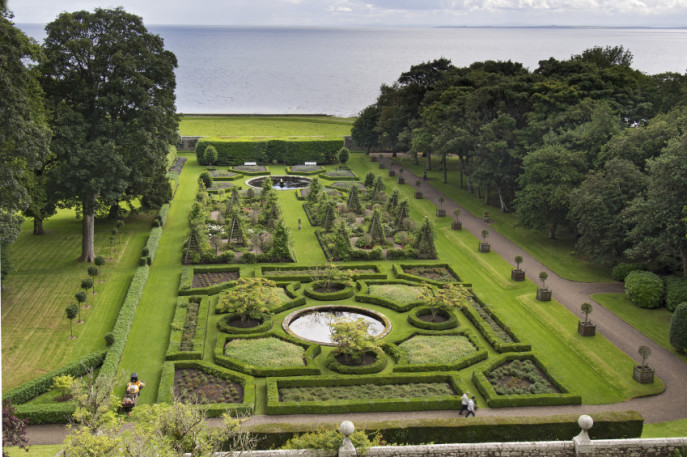
Labyrinths have been used for hundreds of years as a means of meditation, introspection and spiritual guidance. First appearing in mythology, in the story of Daedalus and the Minotaur, today you will find labyrinths in church and school yards, gardens, and in both public and private buildings. They are a means of finding balance in life, providing stress relief as well as a link to the past. In gardens, they are a beautiful, geometric arrangement that is soothing to both the mind and the senses.
Part of living a healthy, holistic life is self-care on an emotional and spiritual level. If you live in a healthy home built on the latest sustainable principles, choose organic foods and exercise, yet don’t have a way to de-stress on a regular basis, you may find yourself still struggling to find balance. I have a busy, active life that demands I take good care of myself to maintain the energy to meet the demands of my daily schedule. When I had my garden designed, I added a labyrinth in the back yard. Whether walking its circuitous path or simply catching a glimpse of it from my kitchen window, I am soothed by its graceful spirals etched in the lawn, similar to the labyrinth shown below.
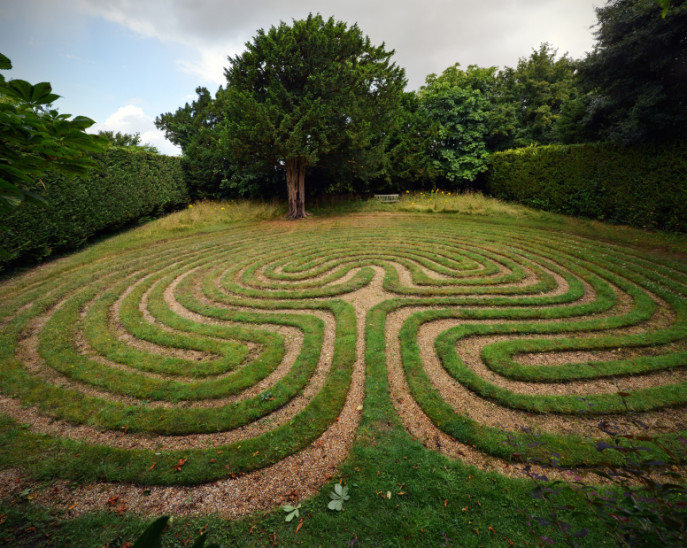
Research by Dr. Herbert Benson of the Mind/Body Institute at Harvard University has found that walking meditations are highly effective at reducing anxiety, blood pressure, and insomnia, invoking what he called the “relaxation response.” Labyrinth walking is a highly focused form of walking meditation. and is thought to enhance creativity by enhancing right brain activity.
A labyrinth is simply a formalized spiral, evoked as a sacred form throughout the ages, and found in nature repeatedly through the Fibonacci sequence. I’ve written about the Golden Mean and the prevalence of spirals in nature and art before; you can read more about it here. One of the many natural spirals in my personal collection is the ammonite fossil, itself a labyrinth.
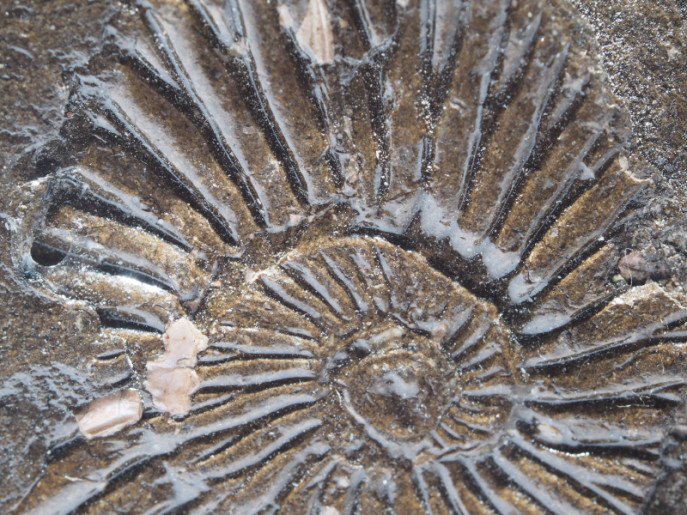
Interior design incorporates the idea of the labyrinth in patterns, particularly one known as the Greek Key. The Greek Key is an endlessly running “meander,” a decorative border formed by one continuous line.

You can lay a path for walking a labyrinth in your own garden, if you have the space and if the idea appeals to you. There are companies that provide templates or even weed and grass smothering cloth to help you in the task. One is The Labyrinth Company, which provides pre-shaped landscape fabric that you cover with stone, river rock, gravel or pavers.

Once you begin exploring the mystery of spirals in nature, you’ll find that you see labyrinths everywhere you turn. The curves in the petals of a rose, the roll of the surf and the spiny center of a coneflower are all labyrinths leading you deep into the heart of life. A walk through a man-made labyrinth is simply another way to experience it.
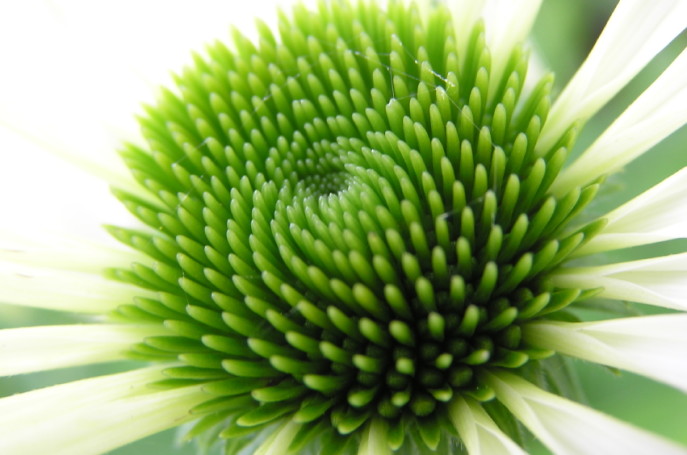
To read further, a book you may enjoy is Labyrinths: The Art of the Maze.





